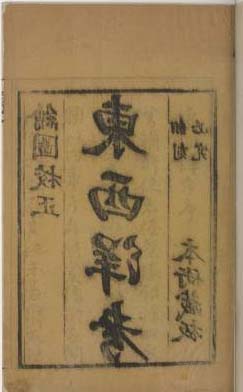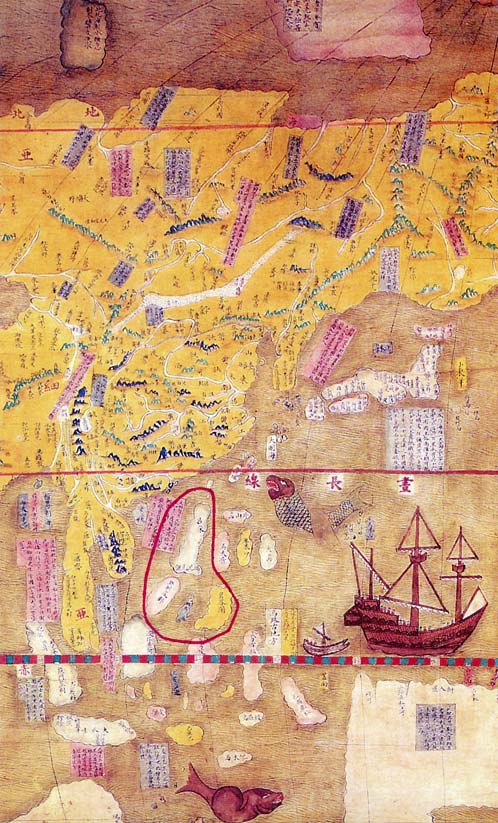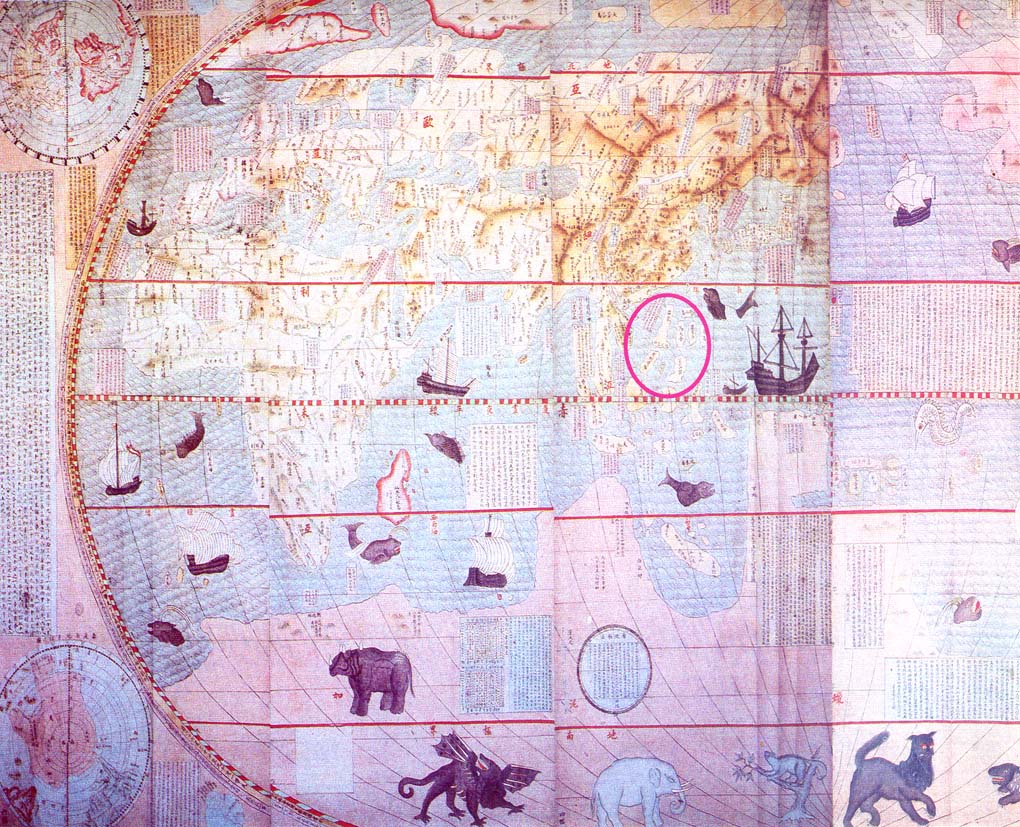The Ming Dynasty (1368-1644) was a period of great maritime explorations in China. Tulay previously featured Zheng He’s seven voyages to the Western Ocean (Nov. 15, 2011 issue). Unlike the great European maritime explorations with imperialistic ambitions, the Ming explorers sailed the South Seas to establish trading networks beyond China’s empire.
The Spaniards, the British, the Americans and finally the Japanese came in their gunboats to colonize the Philippines. The Chinese came in their merchant vessels bringing valuable goods and supplies, and the wealth of their knowledge, culture and technology made life easier for the Spaniards and Filipinos alike. In turn, they also enriched China’s treasury and gained new knowledge about their neighbors, which were put into records and became a rich source of Southeast Asia’s pre-colonial history.

The Zhangzhou City Library and the Zhangzhou Chinese Overseas History Editorial Board, in a visit to Bahay Tsinoy on Jan. 29, 2016 gifted the Chinben See Memorial Library (located at the Kaisa Heritage Center) with a most valuable and much appreciated set (four volumes) of Zhang Xie’s work, Dong Xi Yang Kao (An Examination of countries in the East-West Ocean 東西洋考). We looked through the volumes and identified place names in the Philippines mentioned in the book.
Zhang Xie (張燮 1574-1640) was a scholar who dedicated his life to the study of geography and history. He painstakingly gathered data on countries in East and Southeast Asia from the Ming period. Zhang’s 12 scrolls (卷) became the Dong Xi Yang Kao, which was completed only after Wang Qizong (王起宗), sub-prefectural magistrate of Zhangzhou (漳州), asked him to complete this work because Wang realized its importance in adding to the Chinese officials’ knowledge of the economic situations in overseas countries.
The significance of Zhang’s book lies not only in his description of foreign countries but also the precise information about taxes and tributes coming in from countries like Vietnam, Cambodia, Thailand, Malaysia, Indonesia and the Philippines. Of special interest is the description of the Chinese overseas communities and the Spanish settlements in the region.

There is a manuscript preserved from the late Ming period which was republished in 1981 by the Zhonghuashuju Press (中華書局) in the series, “Zhongwai jiaotong shiji congkan (中外交通史籍叢刊).” Many of the South Seas countries’ accounts in the Ming Shih (especially the Philippines) are derived from Dong Xi Yang Kao. The book gives detailed information of practical and accurate directions for navigating the East Ocean, which included the Philippines (Lu-sung and Su-lu), Moluccas Islands and North Borneo, and Formosa.
This work has 12 volumes divided into nine sections. The first four volumes belong to section I, “Investigations Regarding the Countries in the West Ocean,” while the fifth volume is section II, “Investigations Regarding the Countries in the East Ocean.”
The “Account of Lu-sung (Luzon)” contains the following information:
- Lu-sung, lying in the East Sea (Ocean), was a small country in early times, but gradually grew in size.
- In 1405, the king of this country sent an envoy, named Ko-cha-lao, to pay the tribute to the court.
- Since this country was near Chang-chou (Zhang’s native city), the Chinese trade vessels often went there.
- Kan-ssu-la (Spain) occupied and controlled this country.
- During the Spanish times, the Chinese population steadily increased.
- The documents about the case of Pan Ho-wu in 1593.
- The detailed account of the case of Chang Yi in 1603.
- The detailed account of Spanish customs.
There are also nine short accounts of nine other places, Cebu among them, which was considered a part of Lu-sung. The “Account of Su-lu” mentions the trade and profit of big pearls. It also mentioned that the Chinese merchants brought back silver moneys, and nothing else, from Lu-sung.
More than 50 places in the Philippines are mentioned in Dong Xi Yang Kao. —With input from Dr. Wu Ching-Hong’s References to the Philippines in Chinese Sources.
First published in Tulay Fortnightly, Chinese-Filipino Digest 28, no. 23 (May 10-23, 2016): 9, under the original title “16th century networks beyond China’s empire.”
